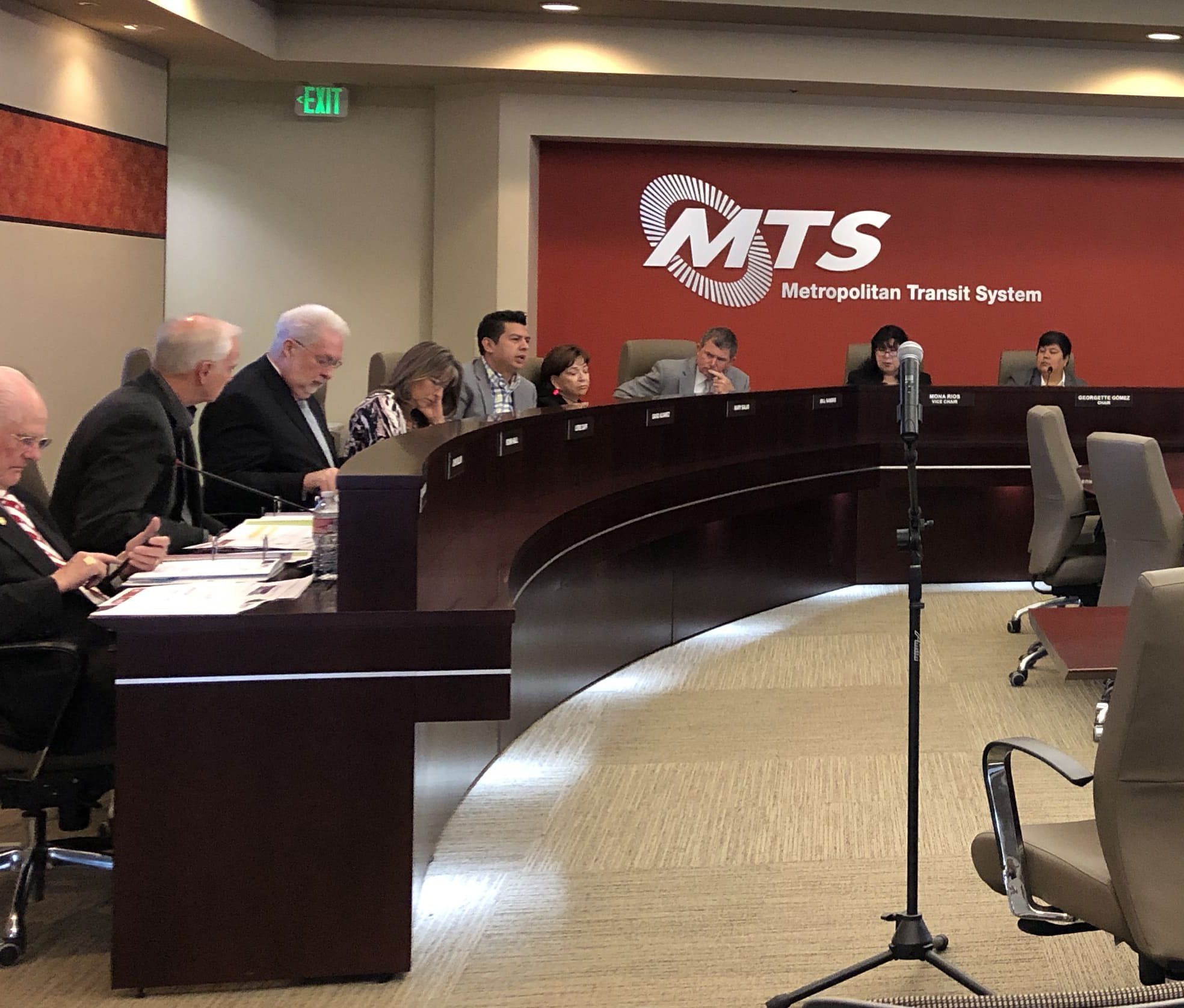Note: GJEL Accident Attorneys regularly sponsors coverage on Streetsblog San Francisco and Streetsblog California. Unless noted in the story, GJEL Accident Attorneys is not consulted for the content or editorial direction of the sponsored content.
Today the board of San Diego's Metropolitan Transportation System (MTS) voted unanimously to update its policies on developing the parking lots it owns. In doing so, the board accepted the recommendations made by Circulate San Diego in a recently published report that urged MTS to allow its underutilized parking lots to be developed for affordable housing.
CirculateSD's report outlined the steps MTS could take to make better use of empty parking lots. It included data collected by volunteers on how much of MTS's current parking is actually used—and found that “many parking lots have very low utilization rates.”
The report, “Real Opportunity,” estimated that MTS has about 57 acres of property that could be made available for development, enough space for 8,000 new homes. It recommended putting in place policies that would reserve at least 3,000 of those, permanently, as affordable for low income families.
The report's recommendations included:
- Creating a joint development program that actively solicits development partners
- Requiring a certain percentage of any residential development to be made permanently affordable for low income families
- Eliminating the requirement for new developments to replace or maintain any underutilized parking
Today's vote updates MTS's joint development program to adopt all of these recommendations. It includes a minimum set aside of twenty percent of any housing units developed for very low- and low-income households, and requires an analysis of the appropriate level of parking replacement for each site.
Colin Parent, executive director of CirculateSD, told Streetsblog, “This is the first instance where the agency has acknowledged that they may not need all the existing parking, nor to plan for growth in parking as they have.” While each site-specific analysis will probably produce different results, the new policy “sets the stage for a better analysis than they've done in the past,” he said.
CirculateSD's report identified several MTS properties that are already being developed, and Parent says the unwritten policy has been to require developers to assume—and build for—a fifty percent growth in parking demand. This makes the projects a lot more expensive to build than necessary and makes it much harder to build affordable housing.
The new joint development program could help the development projects that are already underway. “It says: This is a new approach,” said Parent.
It's a smart move for the city's transit system. By building more and denser housing near its transit stations, it can connect more homes to jobs and services via transit and help increase ridership.
It also brings MTS in line with policies at peer California transit agencies, including Bay Area Rapid Transit, LA Metro, and the Santa Clara Valley Transportation Authority. Even regions are stepping up to acknowledge that building denser housing near transit is sorely needed; the Bay Area's Metropolitan Transportation Commission recently released a report identifying 700 acres of publicly owned land near transit that could be used for housing.
Parent pointed out another way this policy shift is interesting. MTS, he says, has a bipartisan board—it is chaired by a Democrat, but its members include Republican elected officials from some very conservative parts of the San Diego region. The fact that the vote was unanimous bodes well for the future.






